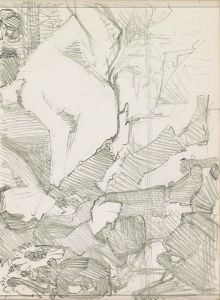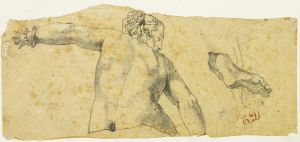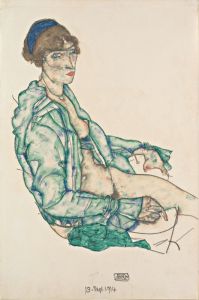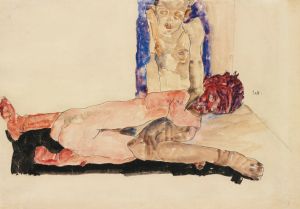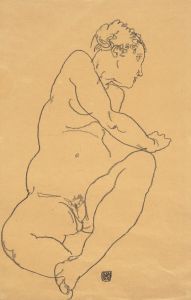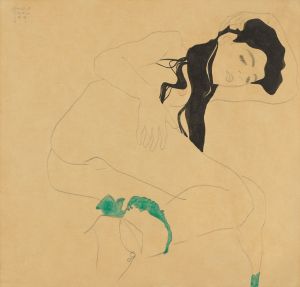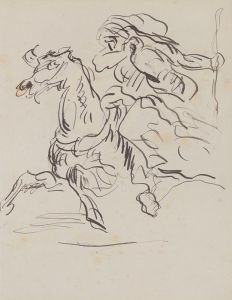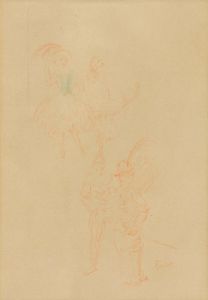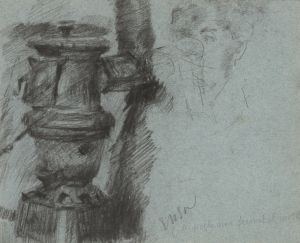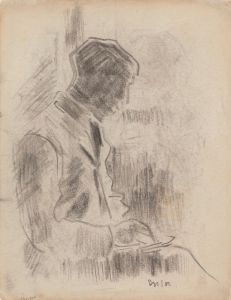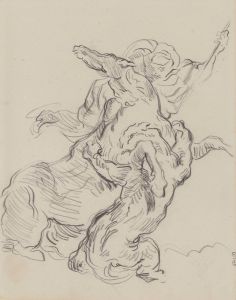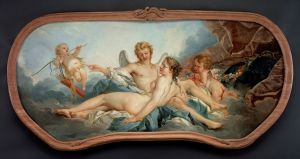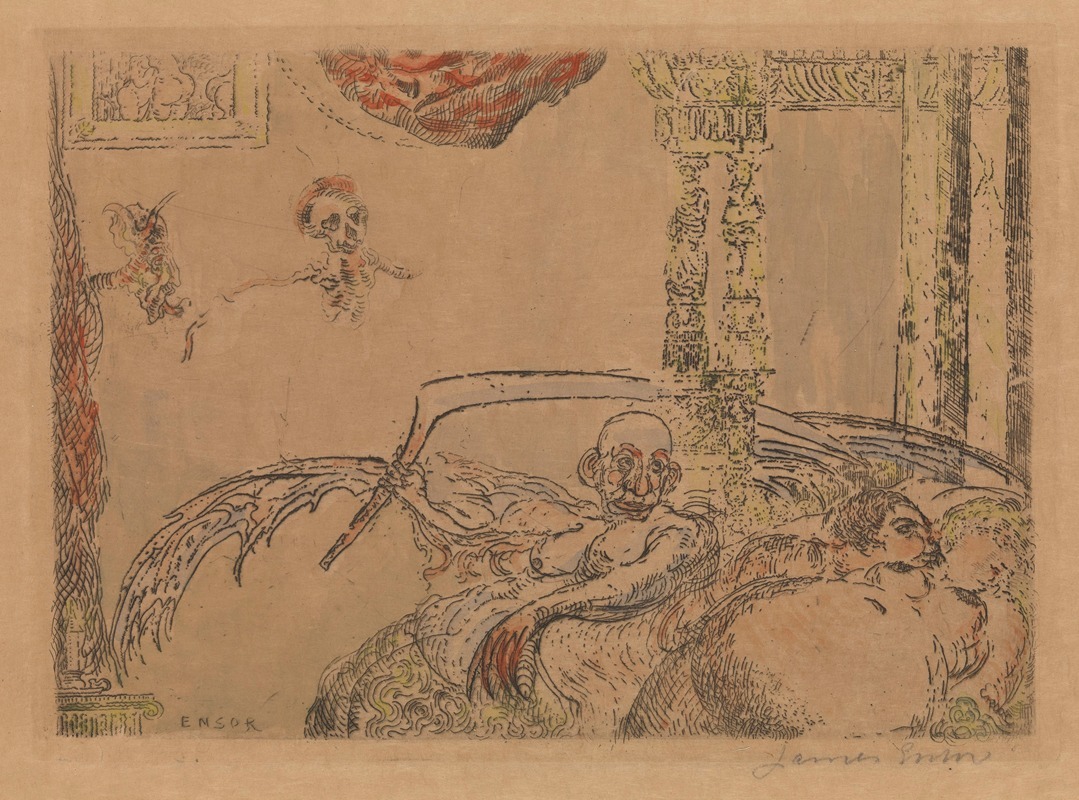
Lust
A hand-painted replica of James Ensor’s masterpiece Lust, meticulously crafted by professional artists to capture the true essence of the original. Each piece is created with museum-quality canvas and rare mineral pigments, carefully painted by experienced artists with delicate brushstrokes and rich, layered colors to perfectly recreate the texture of the original artwork. Unlike machine-printed reproductions, this hand-painted version brings the painting to life, infused with the artist’s emotions and skill in every stroke. Whether for personal collection or home decoration, it instantly elevates the artistic atmosphere of any space.
James Ensor's painting Lust is a work by the Belgian artist, who is widely recognized as a pivotal figure in the transition from 19th-century realism to 20th-century expressionism and surrealism. Ensor, born in 1860 in Ostend, Belgium, is best known for his eccentric and often macabre imagery, frequently featuring masks, skeletons, and grotesque figures. His work reflects a deep engagement with themes of human folly, mortality, and societal hypocrisy.
Lust is one of Ensor's many works that explore the darker aspects of human nature. Created in 1887, the painting is part of a series of works in which Ensor delves into the Seven Deadly Sins, a recurring theme in Western art and literature. In this series, Ensor uses his distinctive style to personify and critique these moral failings. Lust exemplifies his ability to blend satire with a haunting visual language.
The painting depicts a chaotic and surreal scene, characteristic of Ensor's mature style. Figures in the composition are distorted and exaggerated, with grotesque facial expressions and unsettling body language. Ensor's use of vibrant, almost jarring colors enhances the emotional intensity of the work. The figures are often surrounded by masks, a motif Ensor frequently employed to symbolize deception, hidden desires, and the duality of human nature.
Ensor's choice to address the theme of lust reflects his broader interest in exploring human vices and societal taboos. His work often critiques the moral and social conventions of his time, and Lust is no exception. The painting does not present lust in a celebratory or romanticized manner but instead portrays it as chaotic and destructive, aligning with the traditional Christian interpretation of the sin.
The painting is executed in oil on canvas, a medium Ensor used extensively throughout his career. His technique combines loose, expressive brushwork with meticulous attention to detail in certain areas, creating a dynamic and layered composition. This approach allows Ensor to convey both the physical and psychological dimensions of his subject matter.
Lust is housed in the Royal Museum of Fine Arts in Antwerp, Belgium, which holds a significant collection of Ensor's works. The museum provides an important context for understanding Ensor's contributions to modern art and his influence on subsequent generations of artists.
James Ensor's Lust remains a compelling example of his ability to confront complex and often uncomfortable themes through his unique artistic vision. The painting continues to be studied and appreciated for its innovative style and its unflinching exploration of human nature.





